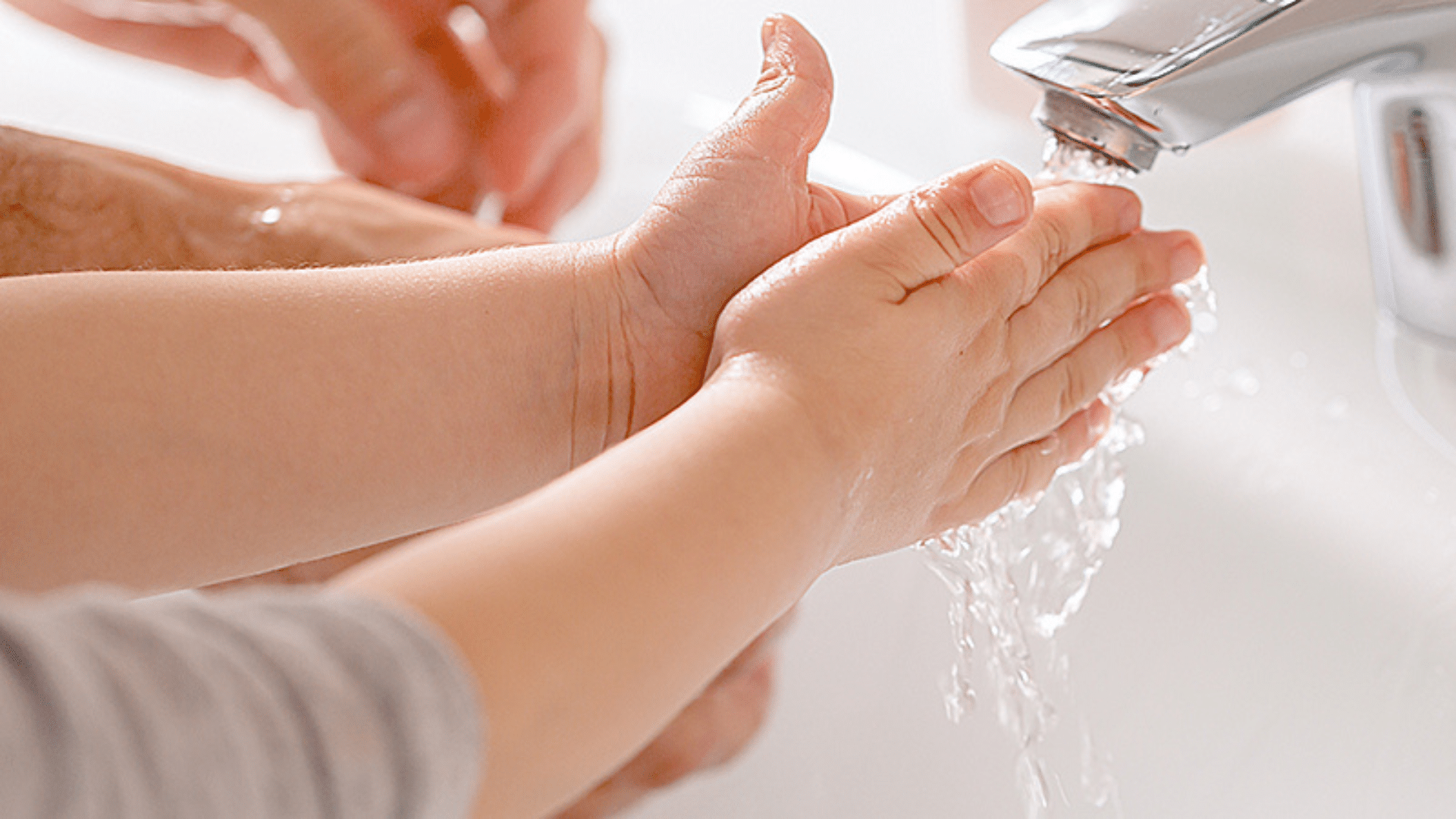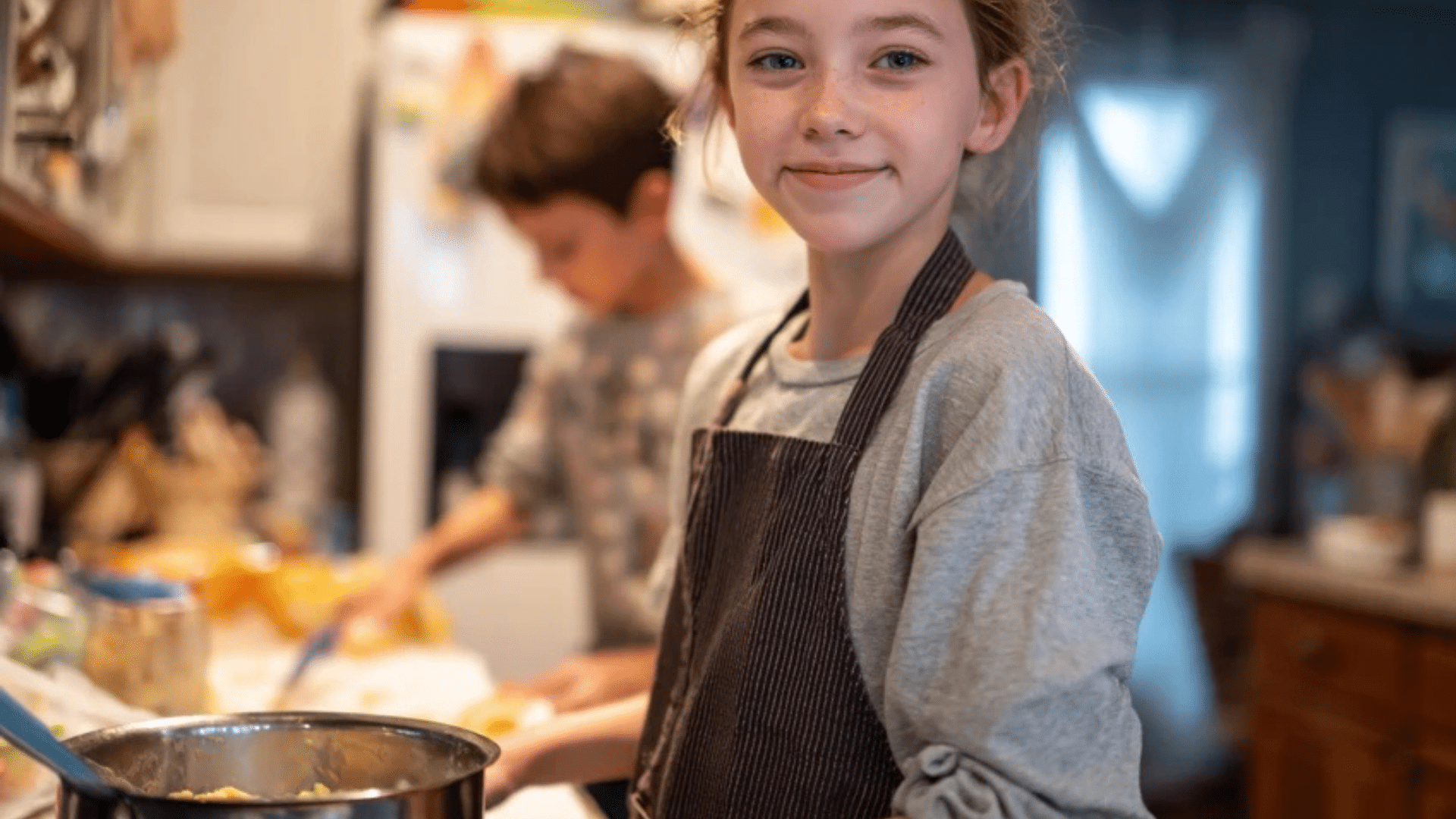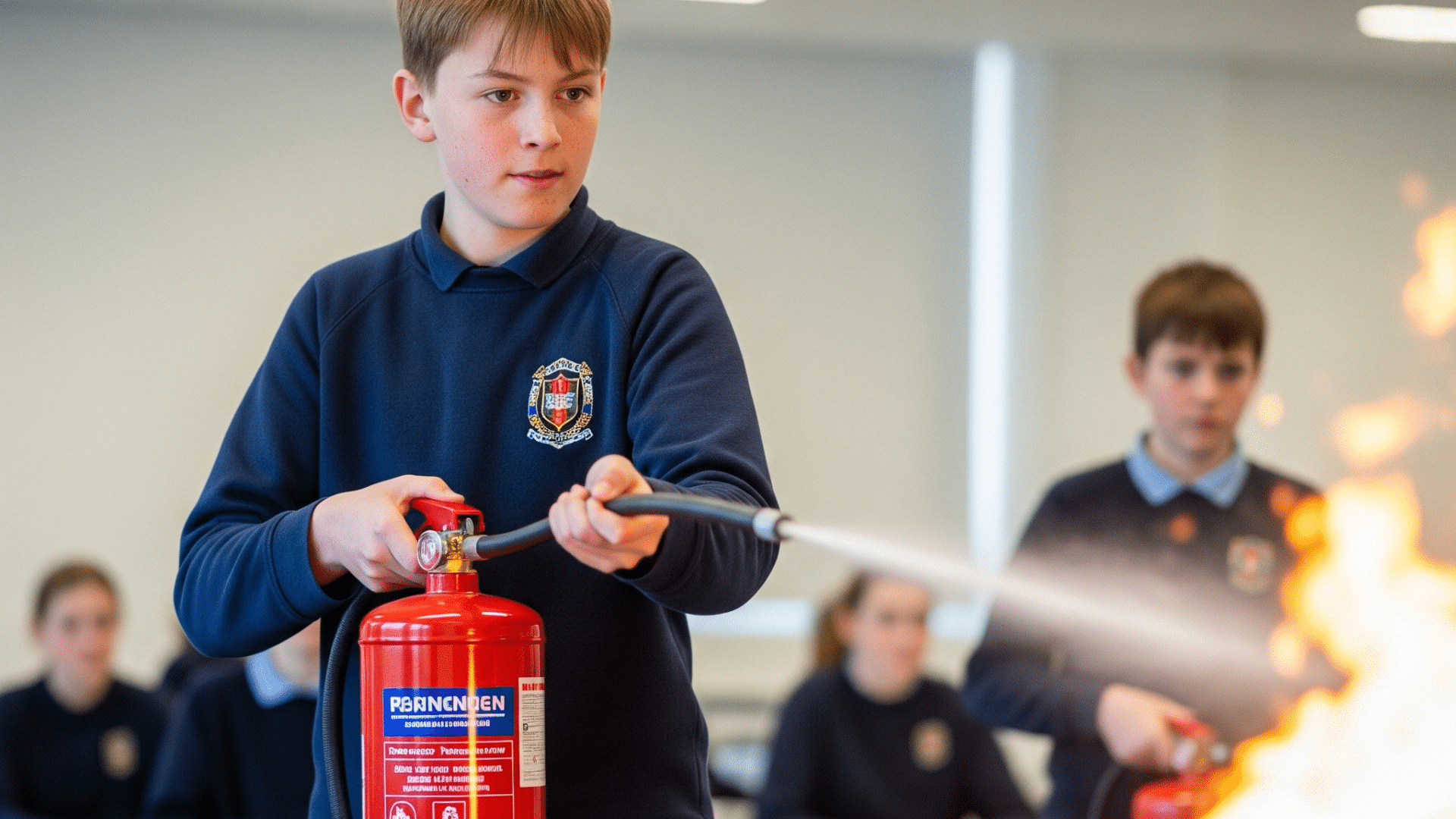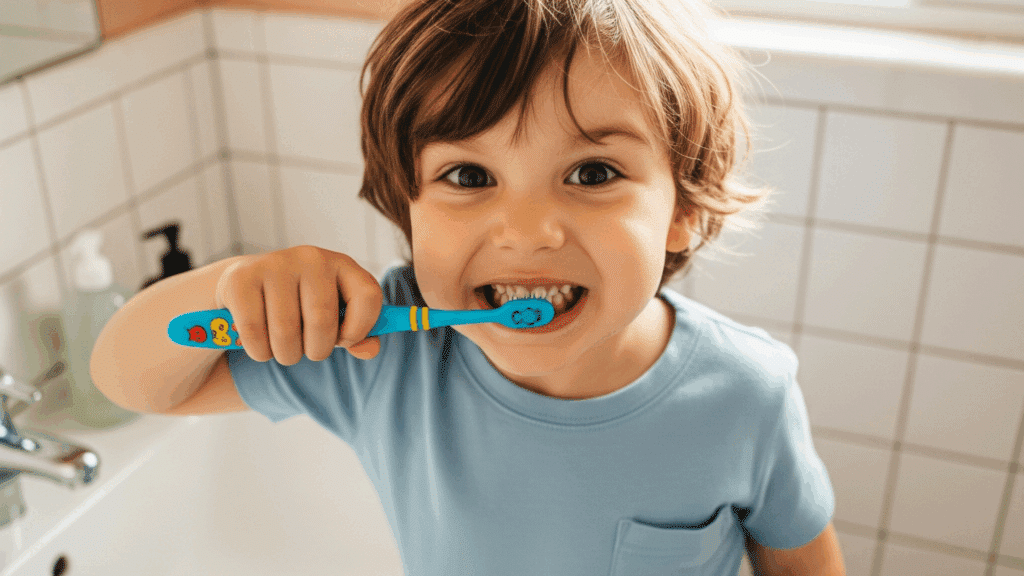Picture a teenager who can solve complex math problems but struggles to make a sandwich or do laundry. Many students with special needs face this exact challenge.
Writing effective IEP goals for daily living skills often leaves teachers and parents feeling stuck. How do you create goals that actually prepare students for real-world independence?
Many goals sound good on paper but don’t translate to the practical skills students need at home and in their communities.
From personal care to independence and safety, these goals help students build the life skills they need to succeed beyond the classroom.
Understanding IEP Goals and Their Role in Daily Living Skills
IEP goals are specific learning targets written for students who require additional school support. IEP stands for Individualized Education Program, a special plan tailored to meet the unique needs of one student.
These goals clearly outline the skills that teachers, parents, and students will focus on during the school year.
Daily living skills IEP goals help students learn everyday tasks they need for independence.
Each goal is written in simple, clear language that explains what the student will learn and how their progress will be measured.
These daily IEP goals prepare students for adult life by building independence and confidence through step-by-step learning.
List of Daily Living Skills IEP Goals
Daily living skills IEP goals are essential because they give everyone a clear picture of what the student is working toward.
Specific learning targets that help students develop independence in everyday tasks like personal care, household management, community participation, and safety skills.
Personal Care and Hygiene

Daily self-care activities teach students to maintain cleanliness, grooming, and health habits independently.
-
Students will brush their teeth for 2 minutes using proper technique 4 out of 5 days per week.
-
Students will wash their hands with soap for 20 seconds before meals independently.
-
Students will shower independently following a visual schedule within 15 minutes.
-
Students will comb or brush their hair neatly each morning before school.
-
Students will apply deodorant daily without reminders.
-
Students will trim fingernails safely using nail clippers once per week.
-
Students will shave their faces safely using an electric razor 3 times per week.
-
Students will wash their faces with soap and water twice daily.
-
Students will floss their teeth properly 3 times per week.
-
Students will use mouthwash correctly after brushing their teeth.
-
Students will dress independently within 10 minutes each morning.
-
Students will choose weather-appropriate clothing 4 out of 5 days.
-
Students will tie their shoes using the bunny ear method independently.
-
Students will button shirts and jackets without assistance.
-
Students will zip coats and hoodies independently.
-
Students will match socks and put them on correctly.
-
Students will fold and put away clean clothes in the correct drawers.
-
Students will sort dirty clothes into appropriate laundry baskets.
-
Students will hang up clothes on hangers properly.
-
Students will take prescribed medications at the correct times daily.
-
Students will schedule and attend medical appointments independently.
-
Students will recognize symptoms of illness and seek appropriate help.
-
Students will maintain a healthy sleep schedule by going to bed by 10 PM.
-
Students will exercise or engage in physical activity for 30 minutes daily.
-
Students will drink adequate water throughout the day.
-
Students will eat balanced meals, including fruits and vegetables.
-
Students will practice stress management techniques when feeling overwhelmed.
-
Students will maintain personal hygiene during illness.
-
Students will select clean underwear and socks daily.
-
Students will apply sunscreen before outdoor activities.
-
Students will clean eyeglasses or contact lenses properly.
-
Students will maintain an appropriate personal appearance for different occasions.
-
Students will recognize when clothing needs washing or replacing.
-
Students will independently make a sandwich with three ingredients.
-
Students will operate the microwave safely to heat food for the specified time.
-
Students will pour beverages without spilling in more than 50% of attempts.
-
Students will use a can opener to open canned foods safely.
-
Students will follow simple 3-step recipes with picture support.
-
Students will wash fruits and vegetables before eating.
-
Students will set the table with a plate, a cup, and utensils for a family dinner.
-
Students will clear the table and load the dishwasher after meals.
-
Students will identify expired food items by checking dates.
-
Students will pack lunch for school, including a main dish and a snack.
-
Students will make their beds with sheets tucked in properly each morning.
-
Students will vacuum one room completely, including under furniture.
-
Students will load and start the washing machine with the correct detergent amount.
-
Students will transfer wet clothes to the dryer and select appropriate settings.
-
Students will dust furniture using appropriate cleaning supplies.
-
Students will sweep the kitchen floor after meals.
-
Students will take out trash when it is full and replace the bag.
-
Students will water house plants twice per week.
-
Students will clean the bathroom sink and counter weekly.
-
Students will arrange their personal belongings in designated spaces.
-
Students will keep track of important documents and papers.
-
Students will pack a bag or a backpack with the necessary items for activities.
-
Students will sort and file important paperwork appropriately.
-
Students will maintain a filing system for bills and financial documents.
-
Students will keep their personal calendar updated with current information.
-
Students will sort clothing by season and store it appropriately.
-
Students will maintain an inventory of household supplies and groceries needed.
-
Students will set up a study area with school materials in a functional system.
-
Students will create a grocery list based on meal planning for one week.
-
Students will cook complete meals using multiple cooking methods.
-
Students will wash dishes by hand when the dishwasher is unavailable.
-
Students will use the toaster, blender, and coffee maker safely and effectively.
-
Students will change bed sheets and pillowcases weekly.
-
Students will count coins and bills up to $20 accurately.
-
Students will make purchases under $10 and count the change received.
-
Students will compare the prices of two similar items and choose the cheaper option.
-
Students will use a debit card or a credit card for purchases with supervision.
-
Students will create a simple weekly budget for personal expenses.
-
Students will save money in a piggy bank or a savings account monthly.
-
Students will pay bills using online banking with adult support.
-
Students will calculate sales tax on purchases under $50.
-
Students will withdraw money from an ATM with adult supervision.
-
Students will balance a checkbook or track spending in a notebook.
-
Students will use the public bus system to travel to familiar destinations.
-
Students will read bus schedules and arrive at stops on time.
-
Students will operate a GPS or a maps app on their phone for directions.
-
Students will ride bicycles safely wearing helmets on designated paths.
-
Students will walk to nearby stores or locations using safe routes.
-
Students will use ride-sharing apps with adult permission and supervision.
-
Students will plan transportation for appointments and activities.
-
Students will carry proper identification when traveling independently.
-
Students will follow traffic rules when walking or biking.
-
Students will order food from the restaurant menu independently.
-
Students will shop for groceries using a written list.
-
Students will ask store employees for help finding items politely.
-
Students will use public restrooms independently and appropriately.
-
Students will wait in line patiently and follow social expectations.
-
Students will greet community workers and neighbors appropriately.
-
Students will return items to the correct locations in stores after browsing.
-
Students will use library services, including checking out books.
-
Students will behave appropriately in various community settings.
-
Students will answer the telephone politely and take accurate messages.
-
Students will make appointments by phone for medical or personal needs.
-
Students will express needs and wants using appropriate language.
-
Students will introduce self to new people in social situations.
-
Students will participate in conversations about daily activities.
-
Students will call 911 in emergencies and provide necessary information.
-
Students will independently lock and slide doors using keys.
-
Students will identify and avoid potential safety hazards in the home.
-
Students will use a fire extinguisher properly during fire safety training.
-
Students will cross streets safely at crosswalks and traffic lights.
-
Students will swim or float in water safely with minimal supervision.
-
Students will operate kitchen appliances safely following written instructions.
-
Students will store cleaning supplies and medications in safe locations.
-
Students will wear seatbelts every time traveling in a vehicle.
-
Students will identify trusted adults to contact in the event of an emergency.
-
Students will use an alarm clock to wake up on time for school.
-
Students will follow the daily routine schedule with 80% accuracy.
-
Students are expected to arrive at designated locations within 5 minutes of the scheduled time.
-
Students will use a calendar to track appointments and events.
-
Students will set reminders on their phones for essential tasks.
-
Students will estimate the time needed for everyday activities.
-
Students will complete the morning routine within 45 minutes.
-
Students will manage their homework time effectively using a timer.
-
Students will plan a weekly schedule that includes both work and leisure activities.
-
Students will ask questions to clarify instructions or information.
-
Students will resolve simple conflicts through calm discussion.
-
Students will give clear directions to familiar locations.
-
Students will follow multi-step verbal directions for daily tasks.
-
Students will use appropriate voice volume in different settings.
-
Students will use smartphones for basic functions, such as making calls and sending texts.
-
Students will use a computer or tablet for online shopping and research.
-
Students will use social media appropriately and safely.
-
Students will use email for basic communication with family and friends.
-
Students will operate the television remote and streaming services.
-
Students will use online banking with appropriate security measures.
-
Students will charge their electronic devices when the battery is low.
-
Students will be able to troubleshoot fundamental technology problems independently.
-
Students will research and compare housing options within budget constraints.
-
Students will practice job interview skills, including appropriate dress and responses.
Household Management

Essential home-based skills, including cooking, cleaning, laundry, and organizing, that prepare students for independent living.
Community and Social Skills

Skills for interacting with others and functioning in public spaces, including money management, transportation, shopping, and communication.
Independence and Safety

Critical skills for making safe decisions, managing time, using technology, and handling emergencies while living independently.
Key Principles and Steps for Writing Effective IEP Goals
Essential Recommendations and Practical Steps to Create Meaningful, Measurable Goals that Support Student Independence and Success.
Key Principles for Strong IEP Goals:
| Principle | Key Point |
|---|---|
| Use SMART Goals | Make goals Specific, Measurable, Achievable, Relevant, and Time-bound |
| Function Over Perfection | Prioritize independence (e.g., doing laundry) over flawless performance |
| Match Current Abilities (PLOP) | Base goals on the student’s existing skills and present performance level |
Steps for Creating Goals:
- Test and observe what the student can already do
- Choose the most important areas for independence
- Create goals that build toward bigger achievements
- Write goals in simple, trackable language
- Add tools and strategies to help with success
Tips for Success
Simple strategies and habits to help students achieve independence, confidence, and develop daily living skills, IEP goals.
- Start with small, achievable steps: Break larger goals into smaller tasks that build confidence and create momentum toward bigger achievements.
- Practice consistently in real-life settings: Use actual situations like grocery stores, restaurants, and home environments rather than only classroom practice.
- Involve family members and caregivers: Train everyone who supports the student so they can reinforce skills and provide consistent feedback.
- Track progress regularly with data: Keep simple records of successes and challenges to adjust teaching methods and celebrate improvement.s
- Use visual supports and reminders: Create checklists, picture schedules, and step-by-step guides that students can reference independently.
- Connect goals to student interests: Link learning objectives to activities, topics, or rewards that motivate the individual student.
Bottom Line
Picture a student who once struggled to tie their shoes now confidently preparing their own lunch for school. That change happens when the right IEP goals meet consistent practice and support.
Daily living skills IEP goals aren’t just items on a checklist; they’re stepping stones to independence.
Every small victory builds toward a bigger picture, and students who feel confident, capable, and ready to handle life’s everyday challenges.
These goals give structure to learning while honoring each student’s unique pace and needs.
Ready to create meaningful IEP goals? Share your success stories in the comments below!


















